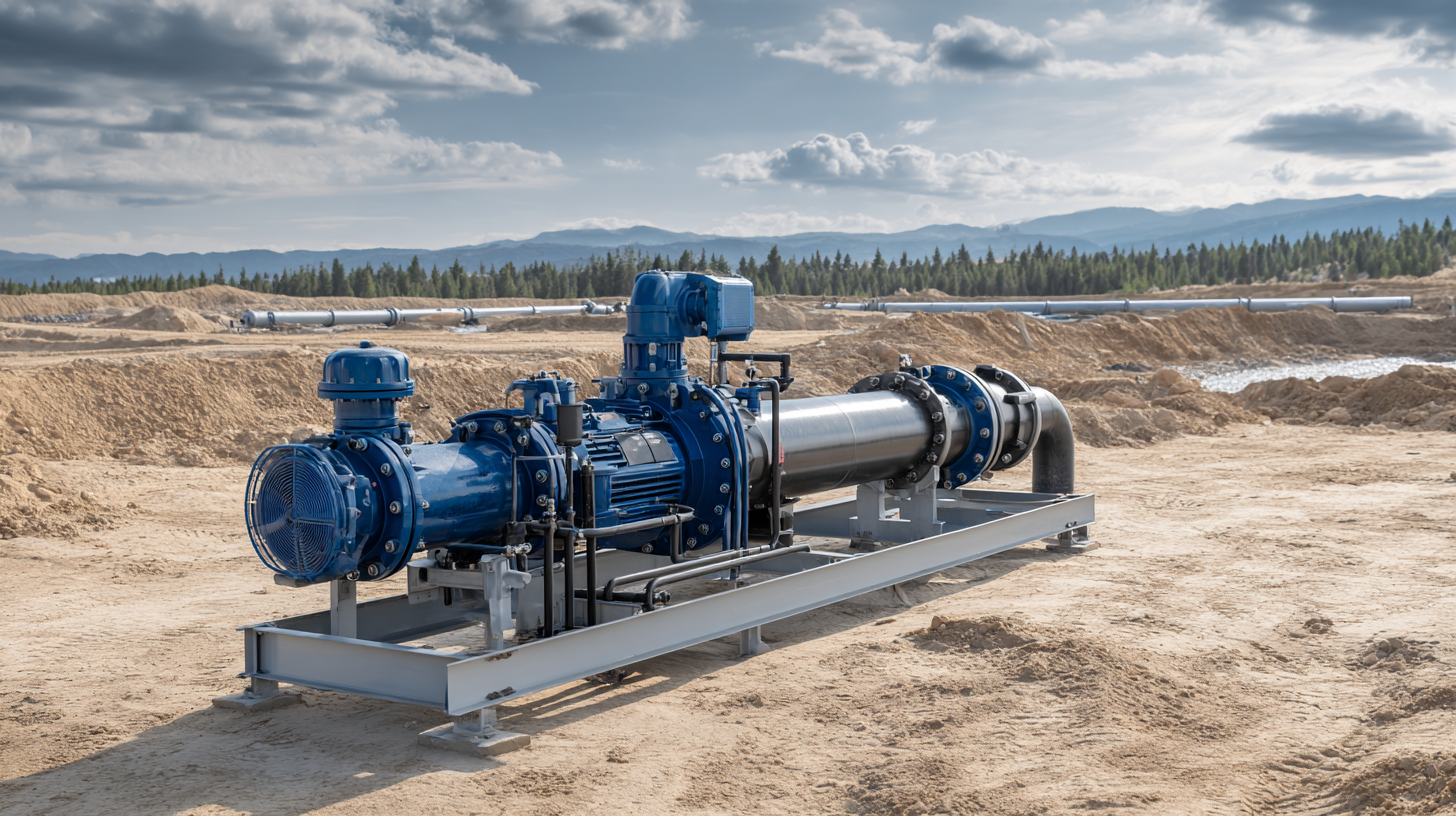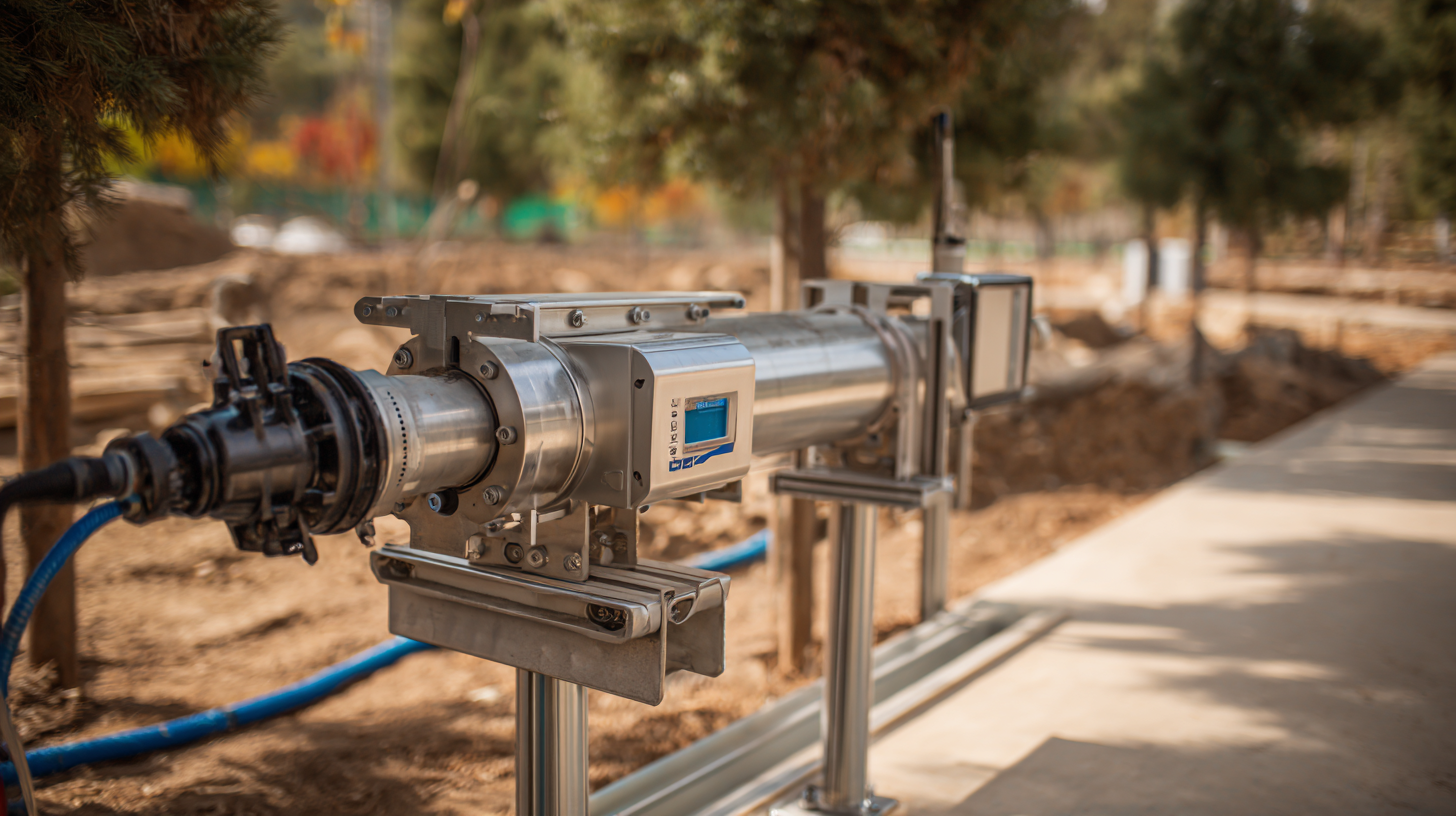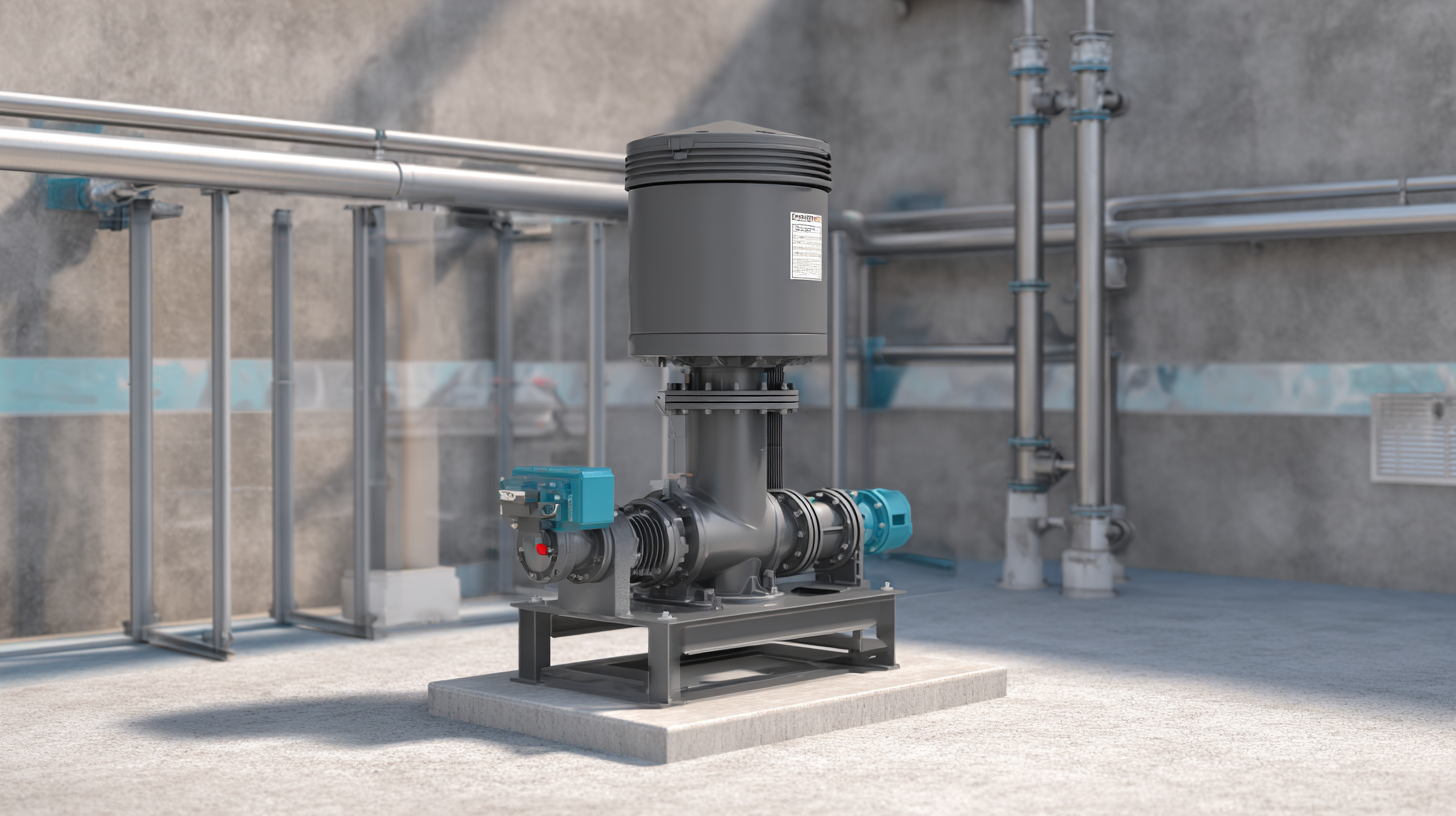How to Choose the Right Water Tank Pump for Your Needs
When it comes to managing your water supply, choosing the right water tank pump is crucial for ensuring efficient and reliable operation. With various options available in the market, understanding how to select the appropriate pump can be overwhelming. Whether you need a pump for residential use, agricultural purposes, or industrial applications, the factors influencing your decision are key to optimizing performance and longevity. In this blog, we will explore essential considerations such as pump types, flow rates, energy efficiency, and the specific requirements of your water system. By the end, you will have a comprehensive understanding of how to choose the right water tank pump tailored to your unique needs, helping you make an informed decision that guarantees a steady water supply when you need it most.

Identifying Your Water Needs: Understanding Flow Rate Requirements for Your Pump
 When selecting the right water tank pump, understanding your flow rate requirements is crucial. Flow rate, measured in gallons per minute (GPM), dictates how quickly water can be delivered from your tank to its destination. To identify your needs, consider the number of outlets that will be using water simultaneously, such as taps, hoses, or irrigation systems. For instance, if you need to fill a pool while simultaneously watering your garden, the combined flow rates of each outlet should guide your pump choice.
When selecting the right water tank pump, understanding your flow rate requirements is crucial. Flow rate, measured in gallons per minute (GPM), dictates how quickly water can be delivered from your tank to its destination. To identify your needs, consider the number of outlets that will be using water simultaneously, such as taps, hoses, or irrigation systems. For instance, if you need to fill a pool while simultaneously watering your garden, the combined flow rates of each outlet should guide your pump choice.
Another important aspect is determining the pressure requirements alongside flow rate. Depending on your application, some projects may require higher pressure to ensure water reaches distant locations or overcomes elevation changes. Therefore, it’s essential to evaluate both flow rate and pressure needs before purchasing a pump. Be sure to factor in the possibility of future usage changes, as selecting a pump that can handle higher demands will save you from future expenses and the hassle of replacing equipment.
Evaluating Pump Types: Submersible vs. Jet Pumps - Key Differences and Applications
When selecting the right water tank pump, understanding the key differences between submersible and jet pumps is crucial. Submersible pumps, designed to operate underwater, are typically more efficient for deep well applications. Their design allows them to push water to the surface, making them ideal for locations with a high water table. Additionally, these pumps are usually quieter and can handle larger volumes of water while minimizing the risk of air getting trapped in the system.
On the other hand, jet pumps are commonly used for shallower wells and can be installed above ground. They work by creating a vacuum to draw water upward, making them suitable for applications where the water source is not significantly deep. Jet pumps tend to be easier to maintain and may require less electrical power, but they can be less efficient for deeper wells. Knowing the specific requirements of your water supply system and the geographical conditions of your property will help you decide which pump type is best suited for your needs.
How to Choose the Right Water Tank Pump for Your Needs - Evaluating Pump Types: Submersible vs. Jet Pumps - Key Differences and Applications
| Pump Type | Key Features | Best Applications | Pros | Cons |
|---|---|---|---|---|
| Submersible Pump | Designed to be fully submerged in water; typically for deep wells | Irrigation, potable water supply, draining wells | Efficient in deep water, quiet operation, less prone to damage | Requires more electrical power, higher initial cost |
| Jet Pump | Uses a jet of water to create a vacuum; typically above ground | Shallow wells, small agricultural applications | Inexpensive, easy to install, good for shallow applications | Less efficient in deep water, noisier operation |
Sizing Your Pump: How to Calculate the Right Gallons Per Minute (GPM)
When selecting a water tank pump, one of the most critical aspects to consider is the pump's capacity, specifically its Gallons Per Minute (GPM) rating. This measurement directly affects the efficiency of water distribution, making it essential to calculate your needs based on the specific demands of your property. Begin by assessing the total water usage in your household or application, which includes everything from irrigation systems to appliances requiring water. By analyzing simultaneous usage, you can determine the peak GPM required during high-demand periods.
To accurately calculate the right GPM for your situation, consider the fixtures that will be used at the same time. For example, if you plan to run multiple hoses for irrigation while simultaneously using faucets or filling a pool, make a list of the GPM for each outlet. Add these figures to establish a total GPM requirement. Factor in any additional needs such as pressure losses from long pipes or elevation changes, as these can affect performance. With a clear understanding of your requirements, you can confidently choose a water tank pump that provides optimal performance and meets your unique needs.
Water Tank Pump Sizing: Gallons Per Minute (GPM) Requirements
Understanding Power Options: Electric vs. Gas Pumps - Which Is Right for You?
When selecting a water tank pump, a critical decision hinges on the power source: electric versus gas pumps. Each option has its distinct advantages and suits different needs depending on factors like installation location and intended use. According to a report by the National Association of Home Builders, approximately 60% of residential water pumps utilize electricity, primarily due to their convenience and lower operating costs. Electric pumps are typically quieter, require less maintenance, and offer a consistent power supply, making them ideal for suburban homes and areas with reliable electrical infrastructure.
On the other hand, gas pumps present a strong alternative, especially for rural or remote locations where electricity may be unreliable or inaccessible. The U.S. Department of Energy states that gas pumps can provide higher power outputs, making them suitable for heavy-duty applications, such as in agriculture or construction. However, users should be mindful of their environmental impact; gas pumps emit more pollutants compared to their electric counterparts. Understanding these key differences ensures that you choose a pump that aligns perfectly with your specific requirements and operational context.
Maintenance Tips: Ensuring Longevity and Efficiency of Your Water Tank Pump
When it comes to ensuring the longevity and efficiency of your water tank pump, regular maintenance is crucial. According to a report by the Water Research Foundation, proper upkeep can increase the lifespan of pumps by up to 30%. Routine checks, including inspecting the motor and bearings, can help prevent unexpected breakdowns that may lead to costly repairs or replacements. Furthermore, ensuring that the pump is regularly cleaned from any debris or sediment build-up can enhance its performance, maintaining optimal flow rates and reducing energy consumption.
 Additionally, monitoring the water quality is an essential aspect of pump maintenance. The American Water Works Association highlights that pumps exposed to corrosive water conditions can suffer significant damage, leading to decreased efficiency. An annual water quality test can identify hazardous contaminants and guide necessary adjustments or treatments. Implementing a comprehensive maintenance schedule not only secures the operational efficiency of the water tank pump but also mitigates the risks of pump failure, ultimately fostering a reliable water supply for your needs.
Additionally, monitoring the water quality is an essential aspect of pump maintenance. The American Water Works Association highlights that pumps exposed to corrosive water conditions can suffer significant damage, leading to decreased efficiency. An annual water quality test can identify hazardous contaminants and guide necessary adjustments or treatments. Implementing a comprehensive maintenance schedule not only secures the operational efficiency of the water tank pump but also mitigates the risks of pump failure, ultimately fostering a reliable water supply for your needs.
Related Posts
-

Ultimate Guide to Choosing the Right Water Pump for Your Needs
-

What is the Functionality of a Water Tank Pump in Modern Water Systems
-

Unlocking Efficiency: The Advantages of 24V Water Pumps for Modern Applications
-

Optimizing Efficiency: Essential Strategies for Chemical Transfer Pump Performance in Industry
-

Exploring Innovative Chemical Pump Alternatives for Industrial Applications
-

Exploring Innovative Alternatives to Chemical Pumps for Enhanced Efficiency and Reliability